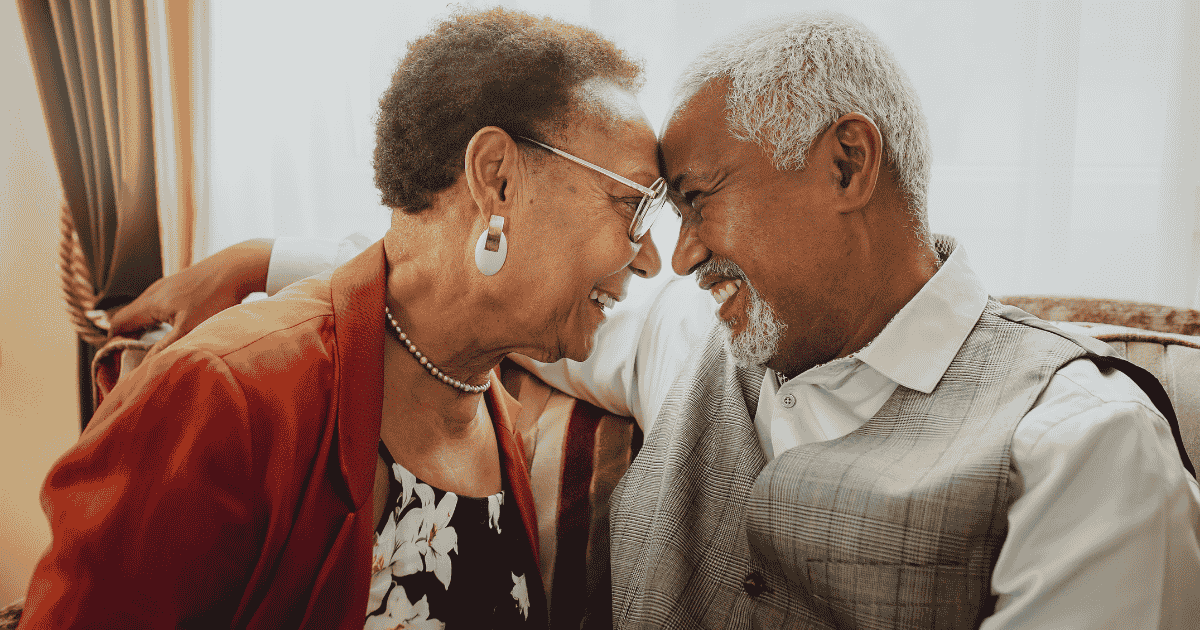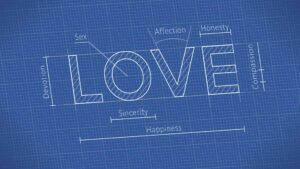Finding the right match can feel like navigating a maze. How do you know if someone is truly
compatible with you? What are the key signs of a
healthy relationship, and how can you identify red flags early on?
This article will guide you through the process of choosing a partner who aligns with your values, supports your emotional well-being, and helps you build a strong foundation for a lasting connection. Along the way, we’ll explore real-life scenarios, share actionable tips, and break down the lessons that can help you make confident and informed decisions in your
dating life.
Lesson 1: Clarify Your Values
When choosing a potential partner, it’s essential to prioritize and clarify what truly matters to you. This starts with understanding your values. These don’t necessarily have to be your core life values—though they can overlap—but they should reflect the aspects of a relationship that are important to your happiness.
For example, if you value meaningful conversation and intimacy, yet your partner does not, it’s important to ask yourself whether you’re staying true to your
needs or rationalizing a situation where those needs aren’t being met. Remember, prioritizing someone else’s feelings at the expense of your own can leave you feeling unfulfilled. It’s okay to consider yourself first.
Lesson 2: Take Time to Assess Compatibility
Knowing whether someone is truly compatible takes time and observation. Pay attention to how they behave in different scenarios, such as when they’re with friends, family, or celebrating holidays, and during moments of both stress and happiness. Consistency and predictability are key indicators of their reliability and trustworthiness. Ask yourself: Do their top two or three values align with your own? This alignment is often a strong foundation for a lasting relationship.
Lesson 3: Communication Is Key
Another vital aspect to evaluate is communication. How do you both handle conflict? Are you able to discuss tough topics openly and respectfully? Fighting fair is critical for building trust. Likewise, attraction and chemistry are essential components. Without them, the relationship may feel more like a friendship. Take time to notice how you feel when you’re with this person. Do you feel safe, loved, and valued? Can you truly be yourself in their presence? These feelings of ease and security are signs of a potential match.
Lesson 4: Watch for Red Flags
In the early stages of a relationship, it’s crucial to be mindful of
red flags. For instance, watch for disrespect—whether directed at you or others—as well as broken promises, inconsistency, or flakiness.
Other warning signs include critical or belittling behavior, love bombing, and gaslighting. Pay close attention to how you feel when you’re with them. If something feels off or uncomfortable, trust your instincts. Chances are, this person may not be the right match for you.
Lesson 5: Stay True to Yourself
Finding the right match means aligning your values, observing behavior over time, and prioritizing your emotional
well-being. While it’s natural to want to avoid hurting someone else’s feelings, remember that staying true to yourself is ultimately the kindest choice—for both of you. A relationship built on shared values, trust, and mutual respect is worth waiting for.
Don’t rush the process—patience and self-awareness are your greatest allies in building a strong, lasting connection. Trust yourself, trust the process, and believe that the right person will come into your life when the time is right. The most important relationship you’ll ever have is with yourself, so nurture it as you navigate the path to love.







yes yes yes